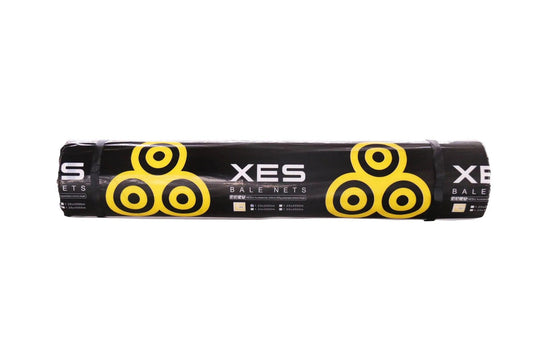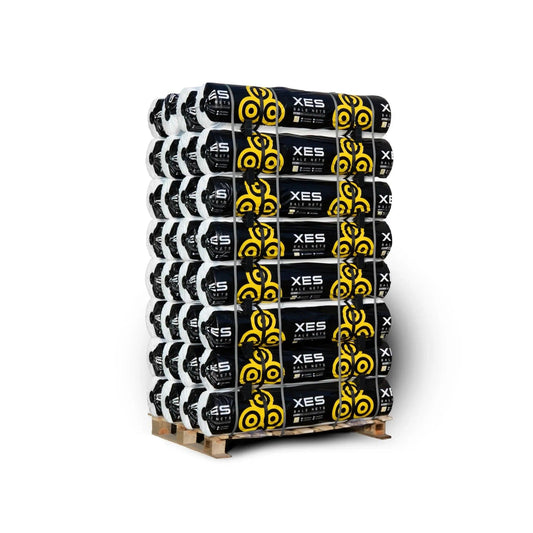Introduction
The study aims to compare and evaluate different storage methods for large round hay bales made from alfalfa and grass/alfalfa. The research investigates six storage techniques: sisal twine, plastic twine, to-edge net wrap, cover-edge net wrap, plastic bale bonnets, and indoor storage. Bales were stored either directly on the ground or on a well-drained surface. The study measures key storage characteristics, including moisture content in the bale rind over time, final moisture distribution, dry matter loss, and nutrient changes. The storage duration was either 5 or 12 months.
Plastic Bale Bonnets and Indoor Storage: Efficacy
Results indicate that net wrapped bales consistently outperformed twine-wrapped bales, displaying lower moisture levels in the rind and experiencing reduced dry matter loss. However, net wrapped bales tend to shed more water, necessitating storage on a well-drained surface to maintain bale quality. On average, dry matter losses were found to be 19.5% for sisal twine, 11.3% for plastic twine, and 7.3% for net treatments. Plastic bale bonnets and indoor storage proved to be more effective in minimizing dry matter loss compared to other methods. Storing bales on a well-drained surface mitigated losses for all storage techniques.
Alternative Storage Approaches
The study explores two alternative storage approaches: individually wrapped and tube-wrapped silage bales with moisture levels of 50% and 35%, respectively. Despite being below the typical acceptable moisture range for chopped forage, the preservation of bales at around 35% moisture demonstrated excellent results, even with low levels of desirable fermentation products. The tube wrap system exhibited greater efficiency, utilizing approximately 43% less plastic while achieving about 50% higher productivity compared to individual wrapping. Dry matter losses for the low moisture silage were minimal, falling below 7% and often below 3%. Remarkably, the low moisture silage bales demonstrated good aerobic stability even with reduced fermentation levels, as evidenced by taking over 7 days to reach 35°C after removal from storage.
Conclusion
The study aimed to assess dry matter loss and quality changes in large round alfalfa hay bales stored in East Lansing, Michigan, using various storage methods. Four methods, including twine-wrapped bales stored in a shed on wooden pallets and twine, plastic, and net-wrapped bales stored outside on pallets, were compared.
XES Bale Net Wrap
XES Bale Net Wrap aims to preserve the quality and nutritional value of their hay bales during long-term storage. XES Bale Net Wrap will focus on optimizing storage conditions and exploring potential modifications to enhance the effectiveness of XES Bale Nets in hay preservation.



